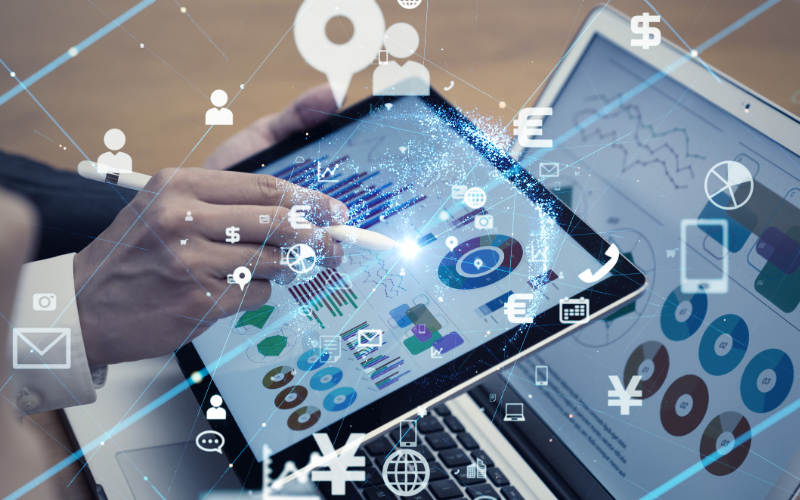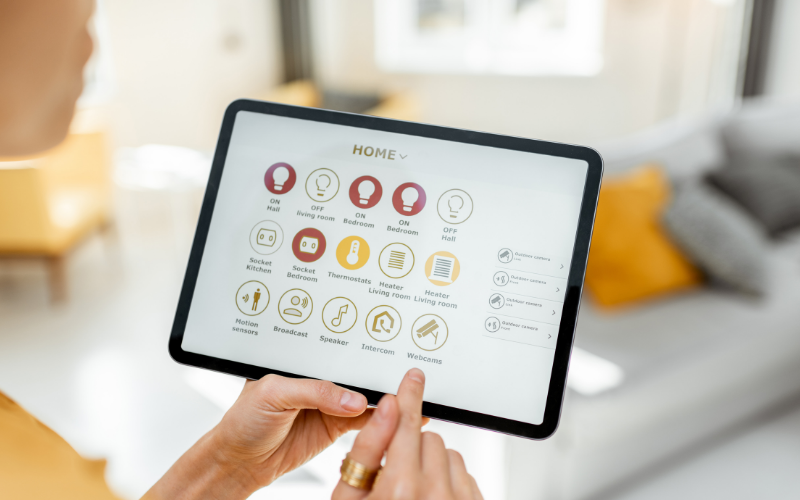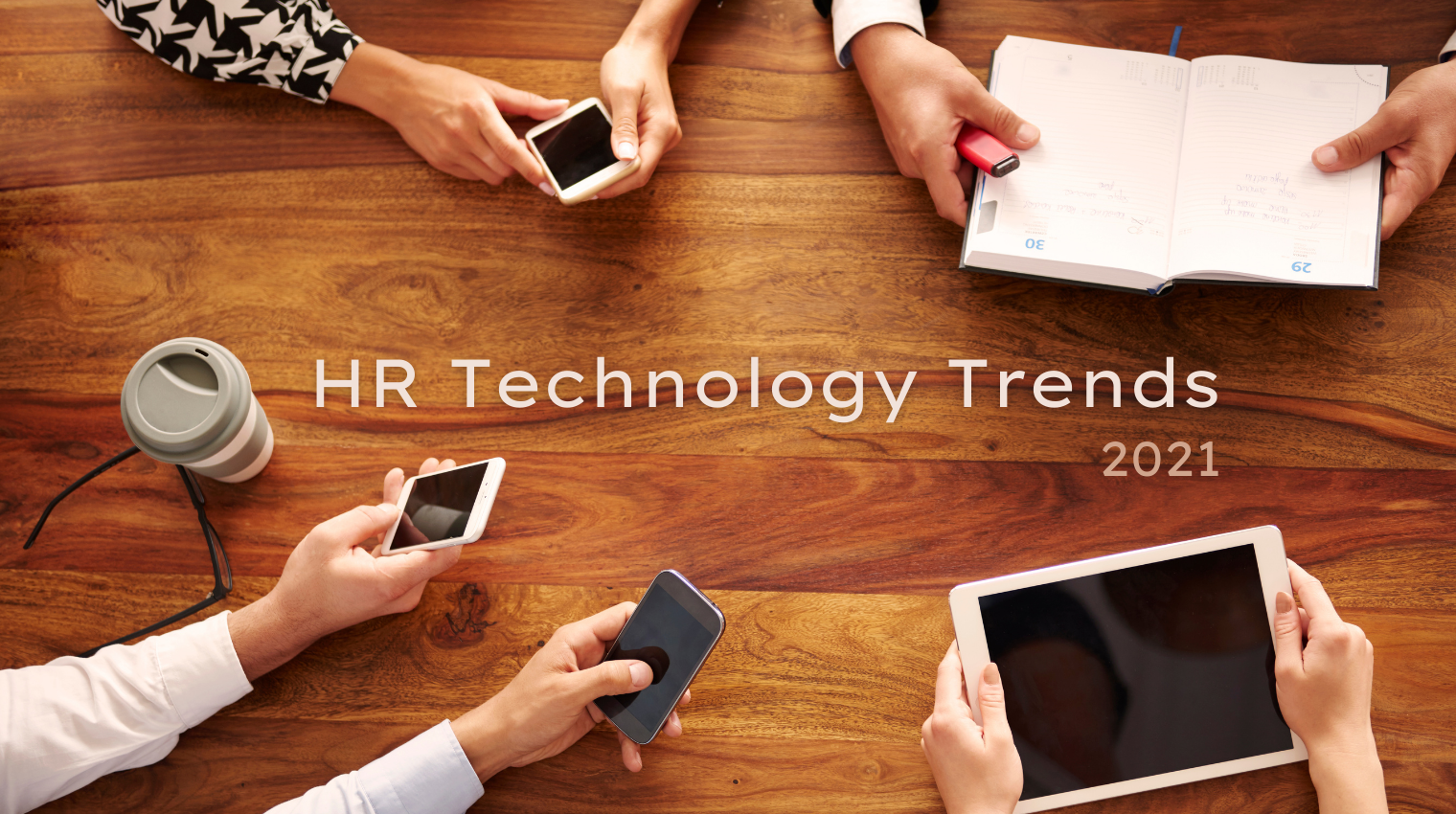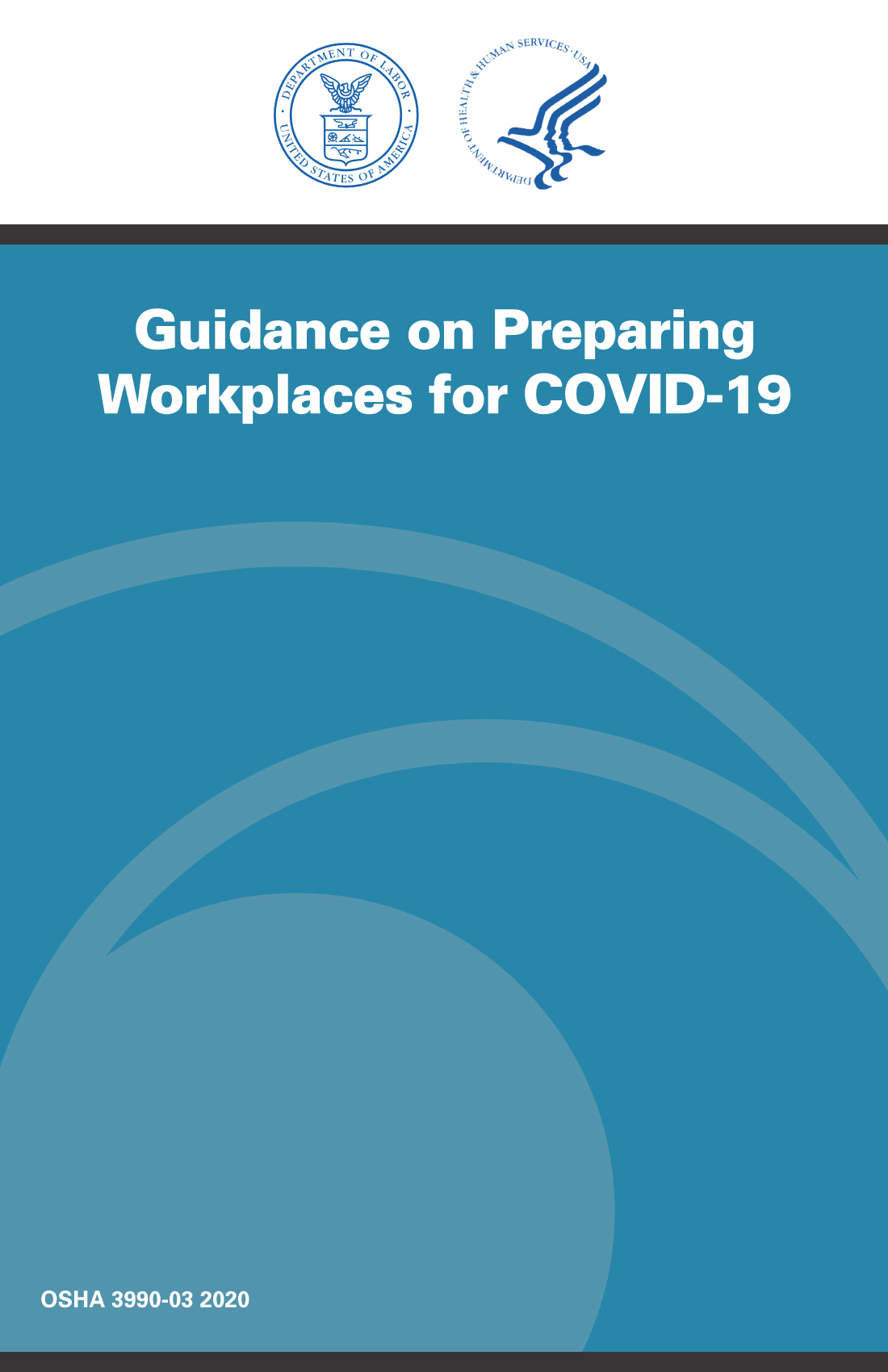In 2021 and beyond, technology can help improve efficiency and productivity in the workplace—especially for HR professionals. And with many organizations adopting remote work as a result of the COVID-19 pandemic, it is more important than ever for organizations and employees to adopt technology to collaborate and communicate.
HR technology can automate a wide range of time-consuming business functions, allowing HR professionals to shift their focus from administrative tasks to high-impact tasks like strategy, employee engagement and change management. In fact, according to PwC’s Human Resources Technology Survey, the core issues driving HR technology decisions include:
HR technology can automate a wide range of time-consuming business functions, allowing HR professionals to shift their focus from administrative tasks to high-impact tasks like strategy, employee engagement and change management. In fact, according to PwC’s Human Resources Technology Survey, the core issues driving HR technology decisions include:
- Finding, attracting and retaining talent
- Developing people to reach their full potential
- Improving the employee experience
- Creating collaborative work environments
- Workforce planning
- Ensuring employee well-being, diversity and inclusivity
1. Employee Wellness Management
Employee health and well-being will continue to be a priority this year. Due to the pandemic’s negative impact on employee mental health, employers can and should use technology to provide the support that employees need. Digital tools, such as apps, videos and webinars, can help mitigate employee stress, anxiety and burnout. Keep in mind that access to virtual mental health support can help reduce the stigma of reaching out for help. Improved employee mental well-being can result in a more engaged and productive workforce.
Tip: Consider incorporating mobile apps and wearables (technology that monitors breathing, movement and exercise) into company-sponsored wellness programs. This is particularly important if employees are working remotely, so you can ensure they are taking care of themselves, eating healthy and staying physically active. Healthier employees are generally more productive and engaged in their work.

2. Employee Self-Service Portals
HR departments are tasked with many complex and sensitive administrative tasks—and it’s easy for errors to happen with manual data entry. Software can make the overall data management process simpler for HR professionals.
Conversely, employees may want to own, access and update their information. A self-service portal allows employees to perform a range of HR-related tasks without filing paperwork, such as the following:
Conversely, employees may want to own, access and update their information. A self-service portal allows employees to perform a range of HR-related tasks without filing paperwork, such as the following:

- Updating personal information
- Confirming employment status or rate of pay
- Viewing and printing federal, state or local tax forms or withholding information (e.g., Form W-2 or Form W-4)
Tip: When integrating a self-service tool, consider utilizing it to communicate time-sensitive information like employee benefits changes and company holidays.
3. Remote and Hybrid Workplace Management
Most workplace experts agree that both remote and hybrid work arrangements—where employees work remotely part of the time and in the office the remainder of the time—are here to stay. Regardless of location, technology and project management tools can help improve workplace collaboration, communication and workflow efficiency. For tools already in place, evaluate the usefulness to identify any shortcomings or gaps and take the appropriate steps to improve functionality and usability.

4. Workflow Automation

Workflow automation technology can help employees work and collaborate efficiently and effectively. Focus on the business areas where efficiency can be improved and will have the biggest overall impact. For example, project planning will vary by organization and depend on unique challenges or pain points, so start with evaluating and identifying those issues first. Consider projects within the HR department or projects throughout the organization that HR is supporting.
Tip: Consider implementing a single portal for HR, IT and other corporate resources to streamline a formal onboarding process for new hires.
Tip: Consider implementing a single portal for HR, IT and other corporate resources to streamline a formal onboarding process for new hires.
5. Learning and Development
Even before the COVID-19 pandemic emerged, e-learning, online coaching, augmented reality (AR) and virtual reality (VR). Learning management systems (LMSs) can increase accessibility and ensure all employees have equal onboarding and learning opportunities. Technology can also play an important role in employee career pathing by identifying skill gaps and providing personalized, self-paced courses. Moreover, it can help make performance review processes more efficient by tracking progress, accomplishments and feedback all on one platform.
Tip: When implementing an LMS, consider one that provides flexibility in scheduling, location, and learning style.
Tip: When implementing an LMS, consider one that provides flexibility in scheduling, location, and learning style.

Consider how these trends might motivate your organization and employees to adopt new technology that is intuitive and accessible. Ha**************@********ee.com/bookings/s/J_mKTKVn_Eyonjdnk7c5lQ2">Book A Demo with us today to effectively leverage new HR technology in your organization.








